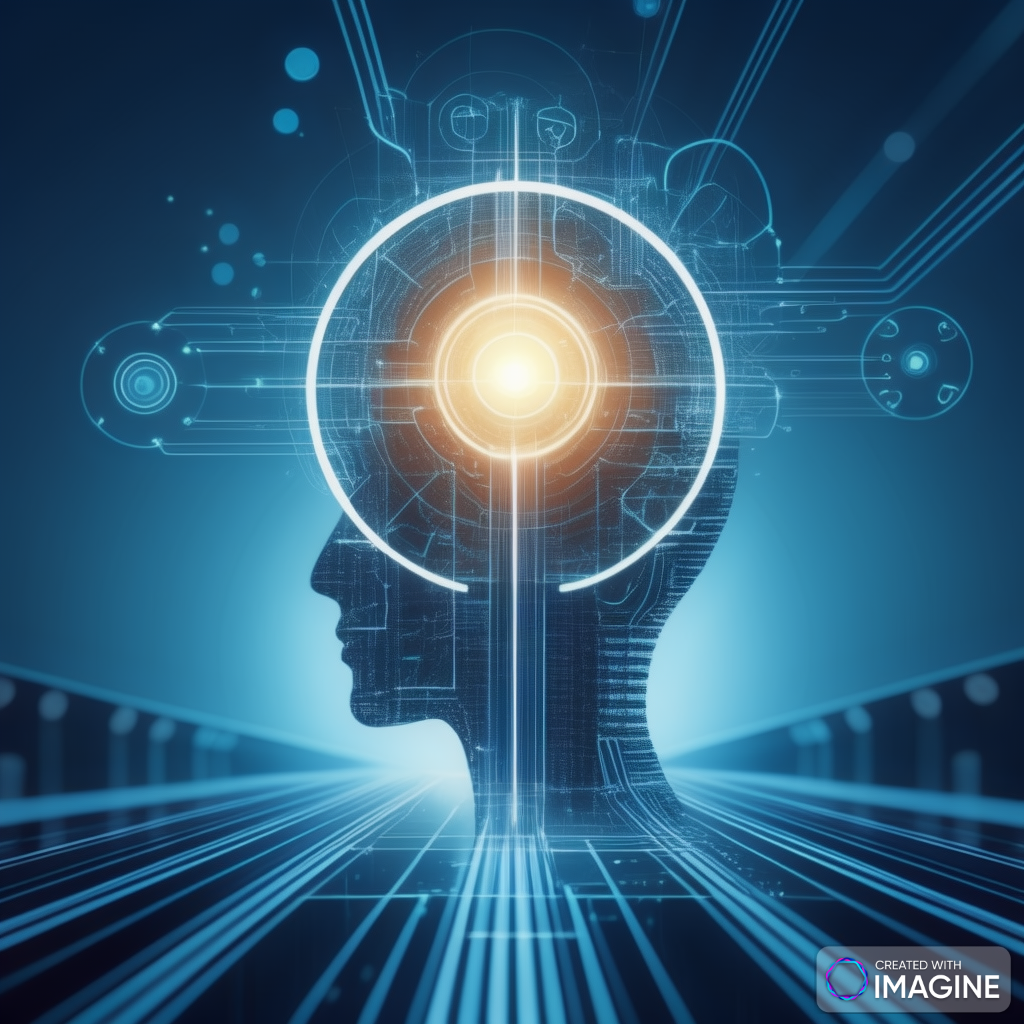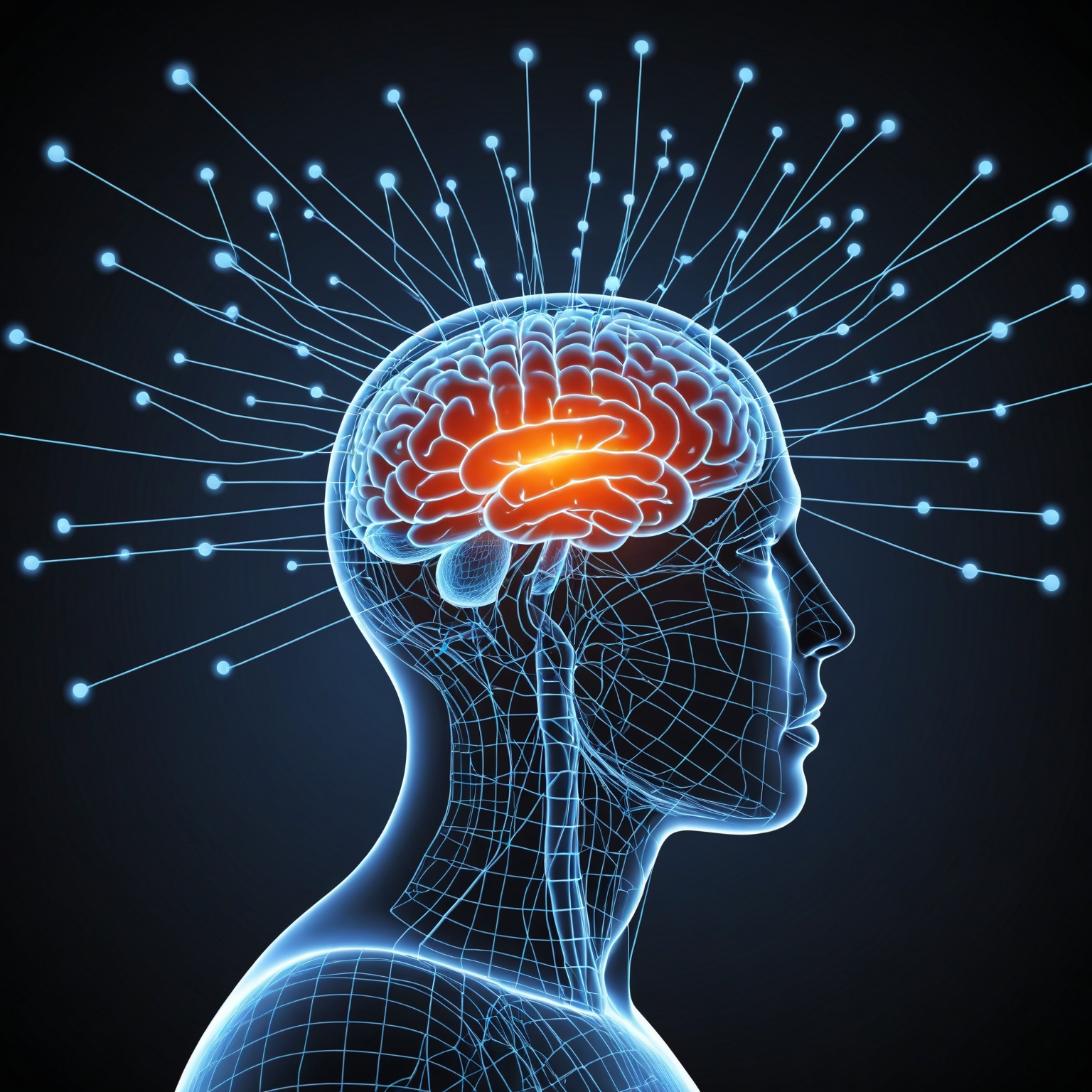Speech Recognition in Artificial Intelligence and Machine Learning
Introduction
Speech recognition technology, a subset of artificial intelligence (AI) and machine learning (ML), has rapidly evolved over the past few decades. This technology enables machines to understand and process human speech, transforming the way we interact with devices and systems. From virtual assistants like Siri and Alexa to automated customer service and transcription services, speech recognition is becoming integral to our daily lives. This blog post delves into the history, science, applications, and future of speech recognition technology.
The Genesis of Speech Recognition
Early Beginnings
The concept of speech recognition dates back to the mid-20th century. The first notable attempt was Bell Laboratories’ “Audrey” system in 1952, which could recognize digits spoken by a single voice. In the 1960s, IBM developed the “Shoebox” machine, which could understand and respond to 16 spoken words.
Technological Advancements
The 1970s and 1980s saw significant improvements with the introduction of Hidden Markov Models (HMMs). These statistical models allowed for more accurate speech recognition by considering the probability of sequences of words rather than individual words. This era also saw the development of the first commercial speech recognition systems.
The Science Behind Speech Recognition
Core Components
- Acoustic Modeling: Represents the relationship between phonetic units and audio signals.
- Language Modeling: Predicts the sequence of words in a language, enhancing accuracy.
- Feature Extraction: Converts audio signals into a set of features that can be analyzed by the model.
- Pattern Recognition: Identifies patterns in the features extracted from the speech.
Machine Learning Techniques
- Hidden Markov Models (HMMs): Used for temporal pattern recognition, crucial for understanding sequences of sounds in speech.
- Neural Networks: Particularly deep learning models like Convolutional Neural Networks (CNNs) and Recurrent Neural Networks (RNNs) have revolutionized speech recognition by improving accuracy and processing speed.
- End-to-End Models: These models, such as Connectionist Temporal Classification (CTC) and Sequence-to-Sequence models, simplify the architecture by directly mapping audio inputs to text outputs without intermediate steps.
Evolution and Improvements
From Rule-Based to Data-Driven
Initially, speech recognition systems relied on manually crafted rules and limited datasets. With the advent of big data and more sophisticated algorithms, modern systems leverage vast amounts of data and machine learning techniques to improve accuracy and adaptability.
The Role of Big Data
Big data has been instrumental in training more robust and accurate models. The availability of large speech datasets allows for better generalization and performance across different accents, dialects, and languages.
Applications of Speech Recognition
Virtual Assistants
Virtual assistants like Apple’s Siri, Amazon’s Alexa, Google Assistant, and Microsoft’s Cortana rely heavily on speech recognition to provide seamless user interactions. These assistants can perform tasks ranging from setting reminders to controlling smart home devices.
Transcription Services
Automated transcription services, such as Otter.ai and Google Docs’ voice typing feature, convert spoken language into written text, enhancing productivity and accessibility.
Customer Service Automation
Businesses utilize speech recognition in automated customer service systems to handle routine inquiries and support tasks, improving efficiency and customer satisfaction.
Accessibility
Speech recognition technology provides essential services for individuals with disabilities. For instance, it enables voice-activated control for people with mobility impairments and provides real-time transcription for the hearing impaired.
The Future of Speech Recognition
Advancements in AI and ML
Continued advancements in AI and ML promise further improvements in speech recognition. Techniques such as transformer models (e.g., BERT, GPT) are expected to enhance the understanding of context and nuance in human speech.
Multilingual and Multimodal Capabilities
Future systems will likely offer better support for multilingual environments and integrate multimodal inputs (e.g., combining speech and visual cues) to improve understanding and interaction.
Personalized and Context-Aware Systems
Personalization will become more prominent, with systems adapting to individual users’ speech patterns and preferences. Context-aware systems will use environmental and contextual data to improve accuracy and relevance.
Challenges and Ethical Considerations
Privacy Concerns
The use of speech data raises significant privacy issues. Ensuring user consent and secure handling of data is paramount to maintaining trust.
Bias and Fairness
Speech recognition systems must address biases present in training data to ensure fair and accurate performance across diverse user groups.
- Real-Time Applications: Speech recognition enables real-time translation services, facilitating seamless communication between individuals speaking different languages. This capability is increasingly valuable in global business and diplomacy.
- Medical Applications: In the medical field, speech recognition aids in creating accurate and efficient medical transcripts and documentation. This technology can also assist in diagnostics by analyzing changes in speech patterns that may indicate health conditions.
- Emotion Recognition: Advanced speech recognition systems are being developed to detect emotions from speech patterns. This capability has applications in customer sentiment analysis, personalized feedback systems, and mental health monitoring.
- Interactive Learning: Speech recognition enhances interactive learning platforms by allowing students to verbally interact with educational software. This approach supports personalized learning experiences and engagement in remote or classroom settings.
- Hands-Free Operation: Beyond virtual assistants, speech recognition technology enables hands-free operation of devices in various contexts such as automotive interfaces, industrial environments, and smart home systems.
- Enhanced Security Measures: Voice biometrics, a form of speech recognition, is used for secure authentication and identity verification in financial transactions and sensitive systems. This adds an extra layer of security beyond traditional methods.
- Accommodating Speech Variability: Ongoing research aims to improve speech recognition accuracy across diverse accents, dialects, and speech impairments. This inclusivity enhances usability for all users regardless of linguistic background or speech characteristics.
- Natural Language Understanding: Future advancements in speech recognition will focus on enhancing natural language understanding capabilities. This involves interpreting complex sentence structures, idiomatic expressions, and context-specific meanings for more human-like interactions.
- Edge Computing: Speech recognition algorithms are increasingly being optimized for edge computing devices, allowing for faster response times and reduced dependency on cloud infrastructure. This trend supports applications in IoT devices and mobile platforms.
- Environmental Noise Adaptation: Advanced speech recognition systems are being developed to adapt and perform effectively in noisy environments, ensuring accurate speech-to-text conversion even in challenging acoustic conditions.
- Legal and Compliance Applications: In legal settings, speech recognition technology aids in creating accurate transcripts of court proceedings and legal consultations, improving efficiency and documentation accuracy.
- Cross-Modal Integration: Speech recognition technology is being integrated with other modalities such as gesture recognition and eye-tracking to create more immersive and intuitive user interfaces, especially in augmented reality (AR) and virtual reality (VR) applications.
These points highlight the diverse and expanding applications of speech recognition technology across different sectors and its potential for further innovation and integration with other advanced technologies.
Elderly Care: Speech recognition plays a crucial role in elderly care by enabling voice-controlled assistance devices that help seniors with daily tasks such as medication reminders, emergency alerts, and communication with caregivers or family members.
Broadcasting and Media: In broadcasting and media industries, speech recognition facilitates live subtitling and closed captioning for television programs, live events, and online streaming platforms. This enhances accessibility for viewers with hearing impairments.
Natural Disaster Response: Speech recognition technology is utilized in emergency response systems to process distress calls and provide immediate assistance during natural disasters or crises. This capability helps prioritize and coordinate rescue operations effectively.
Document Summarization: Advanced speech recognition algorithms can automatically summarize lengthy documents or recordings, extracting key points and reducing the time required for information retrieval and decision-making in business and research contexts.
Psychological and Behavioral Analysis: Speech recognition systems are being explored for psychological and behavioral analysis by analyzing subtle changes in voice patterns, tone, and speech characteristics. This can aid in diagnosing mental health conditions and monitoring emotional states over time.
Education and Literacy: Speech recognition technology supports literacy initiatives by providing interactive tools that assist learners in practicing pronunciation, language comprehension, and reading skills. This fosters language learning and educational equity.
Environmental Sustainability: In environmental monitoring and conservation efforts, speech recognition is integrated into systems that analyze animal vocalizations and environmental sounds. This enables researchers to track biodiversity, study ecosystems, and monitor endangered species.
Public Safety and Law Enforcement: Speech recognition technology assists law enforcement agencies in analyzing recorded conversations and surveillance footage, aiding in investigations, crime prevention, and intelligence gathering.
Personal Health Monitoring: Speech recognition applications are being developed for personal health monitoring devices that track and analyze changes in voice patterns to detect early signs of health issues such as respiratory diseases or vocal cord disorders.
Cultural Preservation: Speech recognition technology supports cultural preservation efforts by enabling the transcription and translation of endangered or under-documented languages. This helps preserve linguistic heritage and facilitates cross-cultural communication.
Financial Services: Speech recognition enhances financial services by enabling voice-activated banking transactions, customer service interactions, and personalized financial advice through virtual assistants. This improves convenience and accessibility for users.
Music and Entertainment: In the music and entertainment industry, speech recognition technology is used for voice-controlled music playback, interactive storytelling experiences, and voice-operated gaming interfaces, enhancing user engagement and entertainment options.
Conclusion
Speech recognition technology has come a long way since its inception, evolving from rudimentary systems to sophisticated AI-driven solutions. As technology continues to advance, the potential applications and benefits of speech recognition will expand, making human-machine interaction more natural and efficient. However, addressing challenges related to privacy, bias, and accessibility will be crucial in realizing the full potential of this transformative technology.






